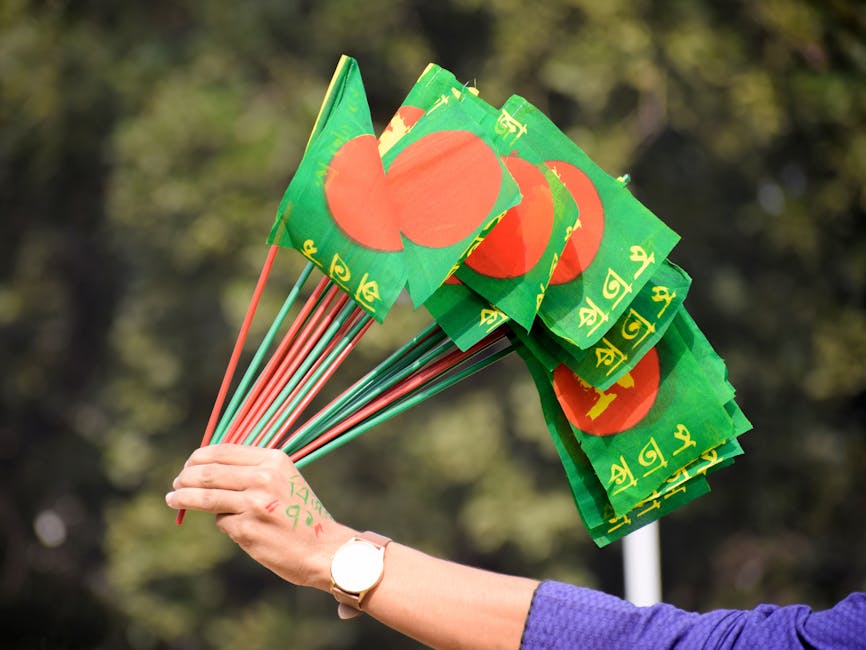Playing Through Pain: The Concerning Medical Practises in Youth Academies
‘Just run it off.”It’s only a niggle.”Everyone’s carrying something at this level.‘
If your son is in a football academy, you’ve likely heard these phrases. They seem innocent enough—part of the tough, competitive culture that produces elite athletes. But when applied to developing bodies and delivered to impressionable teenagers desperate to succeed, these attitudes can have devastating long-term consequences.
The Culture of Playing Through Pain

Former Fulham academy player Max Noble revealed a disturbing reality during his time as a youth prospect: at just 16, he was receiving painkiller injections in his knees and regularly playing through injuries. ‘You’re playing through ‘niggles’ but they’re not niggles,‘ he recalled. Later, those unaddressed injuries ended his career.
This isn’t an isolated case. Ashley Thompson, another former academy player, describes how a serious groyne injury wasn’t properly rehabilitated: ‘I was effectively patched up and sent back on the pitch until chronic pain made it impossible to continue.‘
These stories highlight how winning matches and maintaining squad numbers sometimes trumps a teenager’s long-term health.
The Developing Body at Risk

The medical reality makes these practises particularly concerning. Adolescent bodies are still developing, with growth plates open and connective tissues maturing. Injuries that might be manageable for adult professionals can have permanent consequences for teenagers.
Dr. James Morton, sports medicine specialist who works with youth athletes, explains: ‘Adolescent bodies respond differently to injury and pain. Growth plates are vulnerable to damage that can cause permanent issues. What might be a standard injury management approach for a 25-year-old can be catastrophic for a 15-year-old.‘
Specific risks include:
- Growth Plate Injuries: Can cause permanent growth disturbances if not properly treated
- Stress Fractures: More common in developing bones, especially during growth spurts
- Osgood-Schlatter Disease: Knee pain exacerbated by continued activity
- Early-Onset Arthritis: Playing through joint injuries can accelerate degenerative changes
- Chronic Pain Syndromes: Developing when acute injuries are inadequately managed
These physical risks are compounded by psychological damage—teaching young people to disconnect from their bodies’ warning signals and normalise pain.
The Pressure Cooker: Why Kids Don’t Speak Up

Understanding why talented young players accept potentially harmful medical practises requires recognising the intense pressures they face:
- Roster Competition: With thousands of talented kids fighting for limited spots, any sign of ‘weakness’ feels threatening
- Masculine Culture: Traditional notions of toughness remain intrenched in football
- Coach Approval: The desperate desire to impress coaches who control their futures
- Uncertain Tenure: The knowledge that contracts can be terminated with minimal notice
- Dream Proximity: The belief that professional football is within reach if they just push through
Fifteen-year-old Jamie (name changed) explains: ‘When I felt pain in my knee, I knew I should tell someone. But trials for the U16s were coming up, and I’d waited all year for that chance. So I took painkillers and played. Now I have an injury that might never fully heal.‘
Even when players do speak up, they often face subtle pressure to return quickly:
‘The physio would ask if I was ready to train, and when I said it still hurt, his face would fall,‘ recalls Ethan, released from an academy at 17 due to recurring injuries. ‘He’d say things like, ‘Coach was hoping to have you back today’ or ‘The U18s really need you this weekend.’ Eventually, you feel guilty for being injured.‘
What Good Practise Looks Like

Not all academies handle youth injuries poorly. The best practises include:
- Conservative Management: Erring on the side of caution with growing bodies
- Long-Term Perspective: Prioritising career longevity over immediate results
- Pain-Free Return: Ensuring complete healing before returning to play
- Psychological Support: Addressing the mental aspects of injury recovery
- Parent Communication: Full transparency with families about injury details
- Education: Teaching young players about their bodies and injury management
Dr. Morton emphasises: ‘The best academies understand that their medical duty goes beyond patching players up for the next match. They’re responsible for these children’s long-term health, both in and beyond football.‘
Red Flags to Watch For

Parents should be vigilant for these warning signs of problematic medical practises:
- Persistent Pain: Your child mentions ongoing pain but continues playing
- Painkillers Before Games: Regular use of pain medication to enable participation
- Pressure to Return: Staff creating guilt about injury recovery time
- Inadequate Diagnostics: Serious-seeming injuries without proper scanning or assessment
- Dismissive Attitudes: Staff minimising your child’s pain reports
- Limited Communication: Medical staff providing vague or inconsistent information
- Quick-Fix Solutions: Focussing on symptom management rather than addressing root causes
- ‘Toughen Up’ Messaging: Framing injury concerns as mental weakness
Mark, whose son developed chronic knee problems after three years at an academy, advises: ‘Trust your instincts. If they’re dismissive of your concerns or you’re not getting clear information, something’s wrong. I wish we’d sought independent medical advice sooner.‘
The Long-Term Consequences

The physical and psychological impacts of poor injury management can extend far beyond a player’s academy years:
- Chronic Pain: Many former academy players report ongoing pain in their 20s and 30s
- Early Arthritis: Joint degeneration appearing decades earlier than normal
- Mobility Limitations: Affecting quality of life in daily activities
- Mental Health Issues: Anxiety, depression, and identity struggles when injuries end careers
- Damaged Relationship with Exercise: Associating physical activity with pain and failure
Tom, now 28, was released from an academy at 18 after multiple knee injuries: ‘I can’t even play five-a-side with friends now. Going up stairs hurts on bad days. I’m not even 30, but my body feels much older because I played through too much pain as a teenager.‘
Taking Action: What Parents Can Do

While academies bear primary responsibility for their medical practises, parents can take steps to protect their children:
- Request Clear Information: Insist on detailed explanations of injuries, treatment plans, and recovery timelines
- Seek Independent Opinions: Consider consulting an outside sports medicine specialist for serious injuries
- Document Everything: Keep records of all medical discussions and treatment
- Trust Your Child: If they report pain, take it seriously even if staff minimise it
- Know Your Rights: Understand that you can refuse certain treatments or return-to-play decisions
- Create Safe Space: Ensure your child knows they can tell you about pain without disappointing you
- Watch for Painkiller Use: Be alert to any regular use of pain medication
- Advocate Firmly: Don’t be intimidated by medical or coaching staff when your child’s health is at stake
Lisa, whose son is currently at a Championship club academy, shares: ‘We made it clear from day one that his long-term health comes first. When he had an ankle injury, the academy wanted him back in two weeks. Our private physio said four weeks minimum. We stood firm, and eventually, they respected our position.‘
The Need for System-Wide Reform

Individual advocacy, while crucial, isn’t enough. The youth football system needs structural changes:
- Independent Medical Oversight: Academy medical practises should be regularly audited by independent bodies
- Child-Specific Protocols: Injury management guidelines specifically designed for developing athletes
- Longer Contracts: Reducing the pressure to play through pain to secure contract renewal
- Performance Metrics Beyond Games: Evaluating staff on long-term player health, not just match results
- Whistleblower Protection: Safe channels for reporting concerning medical practises
- Cultural Shift: Reframing injury management as player care rather than availability management
A Healthier Future

The good news is that awareness is growing. Some Premier League academies have adopted more conservative injury management protocols, recognising that protecting young bodies ultimately produces more durable elite players.
This evolution isn’t just humane—it’s also strategically sound. Players with properly managed injuries during development are more likely to have longer, more successful careers than those pushed through pain for short-term results.
As a parent, you play a crucial role in this shift by refusing to accept outdated, harmful practises. Your advocacy protects not just your child but potentially helps change the culture for all academy players.
Remember: A successful football journey isn’t measured by how much pain a player can endure, but by how long and healthily they can play the game they luv. Sometimes, the bravest thing a young player can do isn’t to play through pain—it’s to speak up about it.
Has your child experienced pressure to play through injuries at their academy? How did you handle the situation? Share your experiences in the comments below to help other parents navigate these challenges.
Contact us to discuss our services now!
